Yes, there really is a village called Mousehole, pronounced Mousle, situated near Newlyn and Penzance on Cornwall's rugged and beautiful southern shore. The village, which you can see in the picture below, is composed of cottages, some of which are more spacious than first impressions might suggest. We stayed in a cottage belonging to in-laws, which was situated on the street above the shore. Like much of the town it was constructed of granite quarried locally. We went to bed at night to the sound of rolling waves, and were awoken by sea birds a-calling; and the coast path was very near.
We began with a steep walk up roads to the west of the village, which soon straightened out and went at quite an easy gradient above the sea below. The route made for safe walking, as we were not walking along cliffs, but above rough, sloping ground that descended to the surf-pounded rocky shore about a hundred and fifty feet below. What was impressive was nature's silence, the state in which sound is an interruption to tranquility of the natural world, where only winds, waves and seabirds make their sonic impact.In natural silence like this there is no noise [noise defined as unwanted sound] for every natural sound has its place and you find yourself welcoming it, be it the sighing of the wind, the squawk of a gull, or the low sound of waves beaking on the shore below.
The plant life was coastal scrub, a profusion of bramble [blackberry] western gorse whose yellow flowers bless us with brightness, though we avoid their thorns. There were remnants of hedges from times when the agriculture was practised on those cliffs,. You can tell eighteenth century hedges, for they are composed of lines of hawthorn which have grown into tall,untended plants, but other species were lacking as they had died out in the neglected hedges. There was also a profusion of wild three-cornered garlic.Known for its stem which is triangular in section, it is classed as an invasive weed, especially in the South West, where conditions are favourable for it, but its white flowers are beautiiful and its stem and bulb are edible. Some people want it eradicated; some enjoy it ; and others eat it. I am on the side of the eaters and enjoyers.
In a wet Spring the path becomes challenging at places, for it could be muddy at places. Moreover, walkers have to scramble over large rocks and at places through a stream. As a robust sixty seven I was still capable of handlling this passage, but I think that people much older than I would have had difficulties.
You come to an area of woodland, called Kemyal Crease, where the path becomes wider and easier underfoot, going downhill, towards the headland Carn Du [Black Cairn] where the path turns north towards Lamorna, where it passes along rocky terrain quite narrow at one place, though safe as it descends to Lamorna Cove, finishing on an easy stretch that takes you into the village, which is the natural place to take a break.


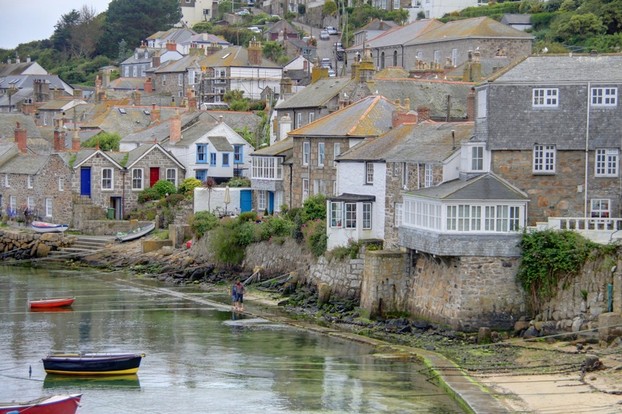
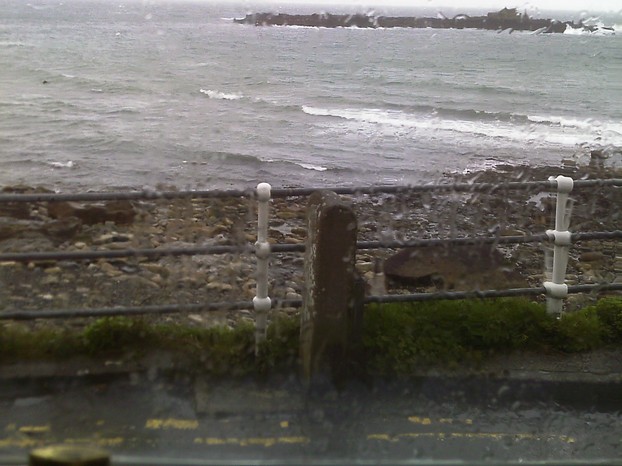
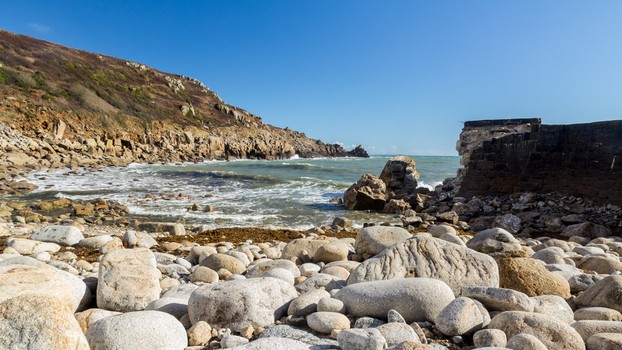
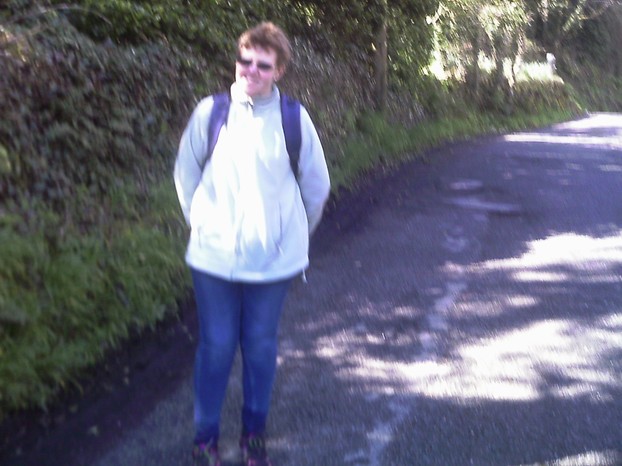
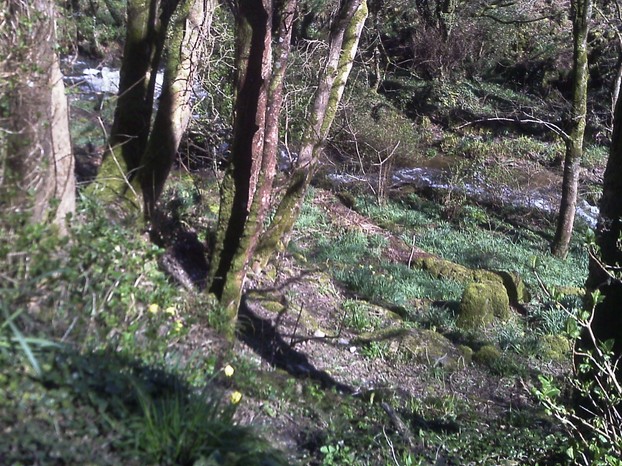
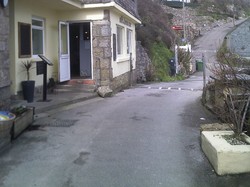

 Pilgrimage. A reviewon 06/15/2025
Pilgrimage. A reviewon 06/15/2025
 Leo the Fourteenthon 05/09/2025
Leo the Fourteenthon 05/09/2025
 The Melsonby Hoardon 03/25/2025
The Melsonby Hoardon 03/25/2025


Comments
Chicory was a substitute for coffee in the war. So when the war was over chicory came to be seen as second best to coffee.
Thank you for your comment below in answer to my previous observation and question.
That chicory is not a popular plant intrigues me.
Paternal-line ancestors led settling my home state. They missed their English tea. The plant that produced a hot drink -- more like coffee -- somewhat competitive with their English tea turned out to be chicory.
Would hot chicory drinks not be popular with east pond-siders?
It could happen, but chicory is not a really popular plant.
Thank you for your comment below in answer to my previous observation and question.
This summer is a bit strange, with no wineberries even as they leafed and sparsest brambleberries, fireflies and wild onioin.
Fortunately, beautiful chicory manifested in many yard niches even as wild blue, purple and white violets mattered throughout the box elder-, eastern white pine- and silver maple-shaded garden.
Might you British Isles-ers have had -- like me ;-D -- many, many chicories and violets this summer?
In southern England lupins may be springing up, but we are expecting a spell of cold weather next week, which will not help. True, we Grits do ceremony well,. This is because we are a tradition loving people. Though I am a republican (not in the sense of supporting the Republican party) I will watch next week's coronation for the traditional and ritual elements.
Thank you!
The bluebells are blooming fetchingly alongside the grape hyacinth and the white violets in the front-yard natural shade garden here. They have been doing so for about two weeks now.
It takes my mind off the tent caterpillars that I see among the branches of the street trees along the roadsides and in other yards here.
The image from Birmingham was a bit rough but b-e-a-u-t-i-f-u-l.
Perhaps the photogenic purple plants were a bit lupine-like in shape. Would you have purple-flowering lupine now (if the image is out the presenter's window instead of from a wall-mounted photograph or poster that could be from now or from some other month)?
Tennis player Arthur Ashe wrote that nobody does ceremony, flowers and manners like your eastern-pond side ;-D !
I don't know for certain, but various woodland plants like foxglove like to flower ahead of the shading effect of the tree canopy. Blue bells do tend to flower in woodlands now in late April, and remember that the south of Britain flowers ahead of the north in Spring time.
The webinar Tree Canopy Analysis Around the World hosted by PlanIT Geo founder Ian Hanou and Institute of Chartered Foresters Development Director Russell Horsey of Bristol, England, April 18, 2023, had among participants Urban Forestry and Nature Lead Simon Needle of Birmingham, England.
The latter had behind him either a wall photo or a window view of white-trunked trees in a sea of tree base-plus high purple plants.
The view may have been in the real time of April if from a window and in any time throughout the year if on an image.
What would be blooming so beautifully, so clearly, so rampantly purple base-high among trees on your eastern-pond side?
Purple is probably from lichen or heather, as the rock is grey-black.
Cornish names are Celtic spoken Englishly, which means that what they sound like has no connection to original meaning. I am unsure of the etymology of Mousehole as my knowledge of Cornish is not great.
frankbeswick, Thank you for the photos and practicalities.
Is it rock, soil or vegetation that is giving purple streaks to the sunlit patches in your last photo?
Online sources mention a Cornish word (Moeshayle) for "young woman's brook," a mousehole-looking cave and a mousehole-looking harbor as sources for the village's name. Which would seem most persuasive etymologically to you?